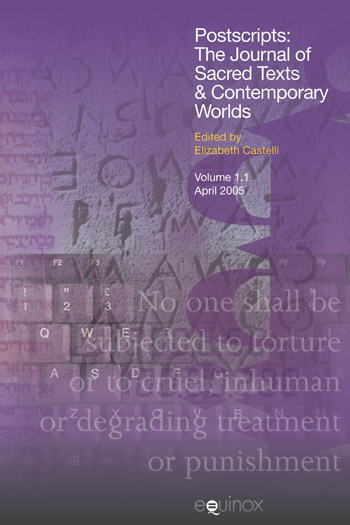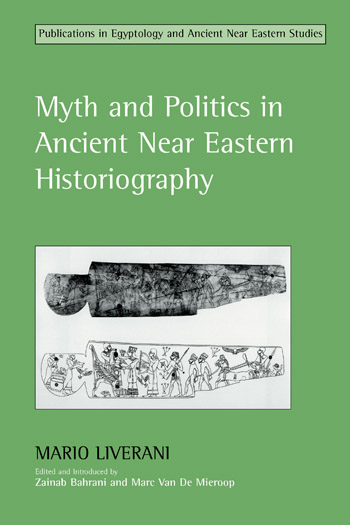Reviews
The book, with more than 50 illustrations and tables, with its archaeological and epigraphic focus - and not least with a wealth of original ideas - represents a great enrichment of the currently available "stories of Israel."Zeitschrift für Alttestamentliche Wissenschaft
This is a mature work that takes account of archaeological research and ANE context as well as the development of the biblical tradition.
Journal for the Study of the Old Testament
There are already many syntheses on the history of Ancient Israel, so before each new publication it is inevitable to ask the question: are they really necessary? That is, do advances in archaeological, historical and / or biblical research follow one another at such a rhythm and volume that they require the constant production of new works of synthesis? Probably the answer to that question must be no. However, I consider that each new work of this type, when it is of high quality (as in this case), should be celebrated as good news, which allows us to add to our bibliographical list new versions of reputed specialists on ancient history from Israel. The authors of the volume, Ernst A. Knauf and Philippe Guillaume, recognize in the preface of the work, that it is the result of the courses taught in recent years in the universities of Heidelberg, Geneva, Beirut and Bern. It is, therefore, a work of maturity, which gives written form to the ideas that both authors have been exhibiting in courses and seminars on the ancient history of Israel.
Aula Orientalis
Clearly sets itself apart from other recent histories of Israel [and] may be expected to foster scholarly discussion...
Ephemerides Theologicae Lovanienses
The book is important as well as brilliant. Its thematic focus alone, its distance from the tropes of texts' rhetoric, distinguishes it as the work of professional, culturally sensitive political historians. It will and should be the point of reference for any further narrative about Israelite history.
Bulletin of the American Schools of Oriental Research (BASOR)
Knauf and Guillaume have produced a valuable addition to a series one of whose stated aims is that of being accessible to modern readers wanting to understand how ancient peoples ‘understood their own pasts, presents, and futures.’ Some will doubtless be challenged by its contents, particularly those with a very traditional view of Israel’s past as presented in the biblical narrative. But the serious enquirer will be introduced to various current approaches and theories, and find much food for thought in this volume.
Journal of Semitic Studies








